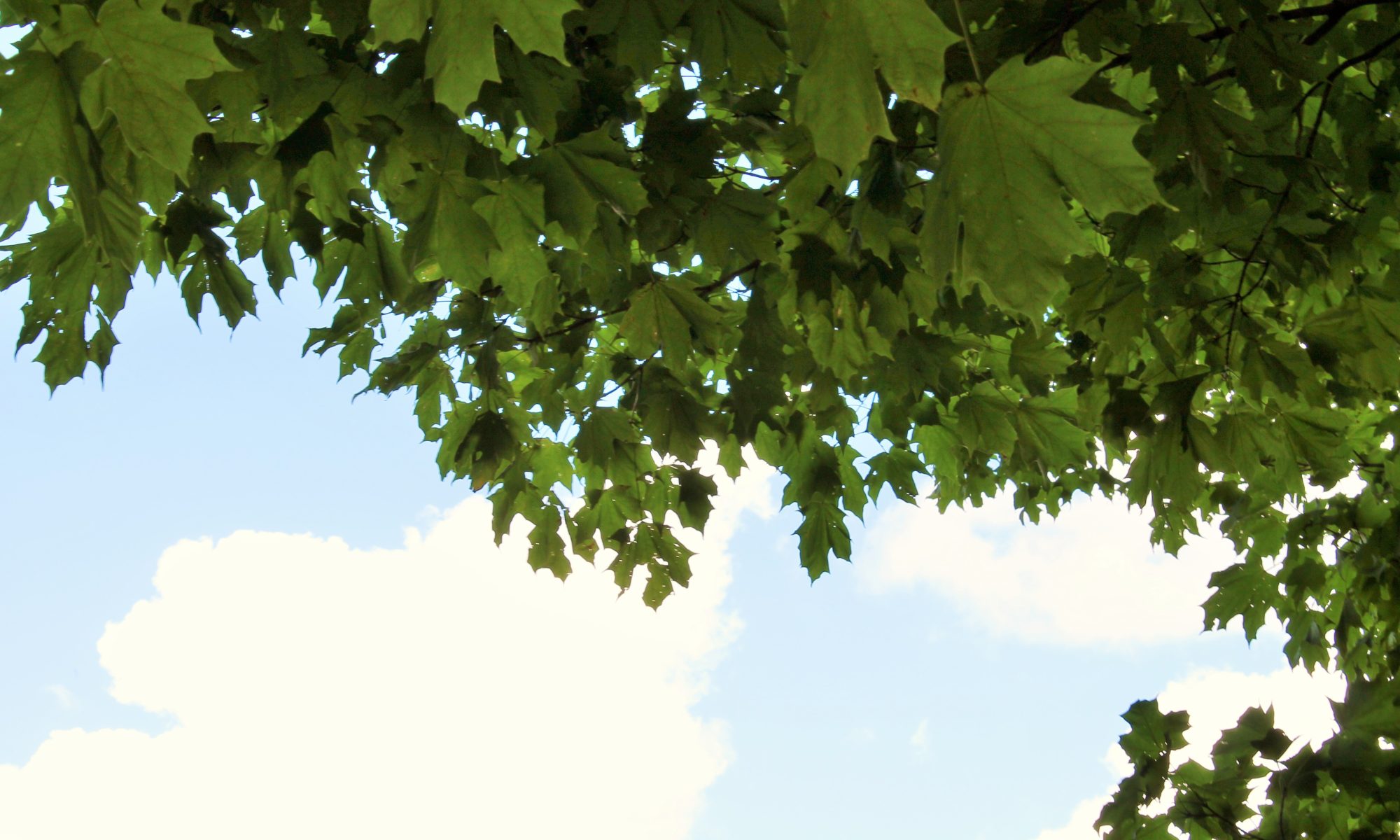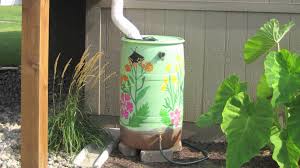How to tell if compost is ready for use
The best way to tell if your compost is ready for use is if it looks like soil or if it still resembles whatever you put in your composting area. If it looks like soil and does not look like the things you put in to be composted, it is ready for use! Another easy way to tell if it is ready, is if it smells earthy, it is ready for use! If you are still unsure after these two techniques, there is one more you can try. Put some in a sealed container and remove the air from it; a plastic bag works best for this. Let it sit in the bag for a few days and after this open it up. If you detect any sort of funky smell coming from it, your compost is not quite ready for use yet and needs more time to decompose.
Where to use compost
As far as usage of your compost, there really is not a limit to where you can use it. Any plant that uses soil will love a compost home. It can be sprinkled and then raked into flower beds or gardens; it can used to fill outdoor containers; you can put some in your indoor plants as well to help maintain nutrient rich soil. It can also be spread around a newly planted tree to help it grow. Compost is especially helpful in enclosed raised beds which over time lose soil health. Essentially, compost is good to use just about anywhere you might try to grow something. It will provide the necessary nutrients to the soil to improve the growth of whatever you might try to grow.
Helpful tips to use compost more effectively
Generally speaking, indoor plants do not need to have compost added in the amount or frequency of an outdoor garden. This is mostly because an outdoor garden will have more plants removing more nutrients compared to an indoor plant. For indoor plants you only need to add compost every 6 months or so and you do not need to add more than a handful or two provided it is not a large plant.
For outdoor gardens, there are a few different approaches you can take. In the fall, add a layer of compost that is a few inches thick across the entire surface. Then in the springtime, till the soil so the layer of compost you added in the fall gets mixed in thoroughly with the topsoil. In addition to this, it would also be helpful to add a small handful to each hole as you plant something in within your garden.
What not to do when using compost
The most important thing to avoid when using compost is to ensure it is actually decomposed completely. If food scraps are still present or not completely decomposed, you may attract critters or pests and by removing it from your composter, you will significantly slow down the process. Be patient and wait until your compost looks and smells like soil.
Once it’s ready, use like you would regular soil. Be sure to till it in well with existing soil and plant as you normally would. You may be able to cut back on fertilizer when adding compost as this soil will be much more nutritious for plants than regular garden soil.


